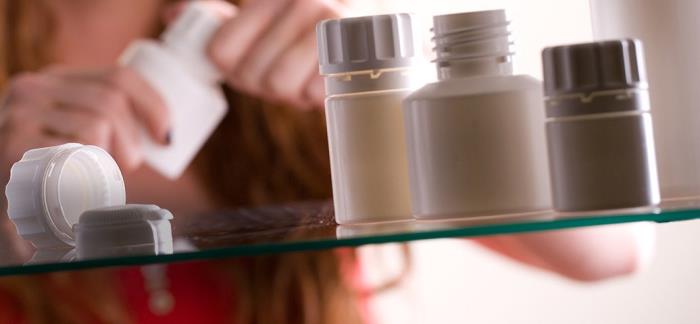

Carbon Footprints
In the public debate about how to reduce the carbon footprint of packaging, it’s often said that glass would be a significantly more eco-friendly material than plastic in pharma packaging, for example. However, a comparative life cycle analysis of containers made from glass, aluminum and plastic gives a different result.
How does a plastic pharmaceutical container fare in comparison with an equivalent container made from glass or aluminum in terms of its carbon footprint? To get some clarity on this issue, Nolato Cerbo in Trollhättan commissioned an independent party to conduct a comparative life cycle analysis.
A cradle-to-grave analysis
The cradle-to-grave analysis examined a 200 ml container with an annual production of 5 million in glass, aluminum and three different types of plastic, also factoring in the environmental impact of a 800 km journey from Nolato’s plant to the customer.
The analysis found that the glass containers contributed 930 tons of CO2 per year, aluminum containers 575 tons of CO2, plastic containers made from fossil raw materials 447 tons of CO2, the plastic containers made from bio-based raw materials 337 tons CO2 and the plastic containers made from recycled plastic 300 tons of CO2.
So a plastic container made from recycled plastic had a carbon footprint that was just 30% of that of the glass container.
Halving the carbon footprint
The results of the analysis were then used to simulate the environmental impact of replacing the annual production of 40 million units of a 30 ml glass container with an equivalent plastic container. The simulation showed that changing from a glass container to a plastic one made from fossil raw materials would halve the carbon footprint. If the container were instead made of bio-based material, such as plastic made from sugarcane residue, the carbon footprint would shrink by an additional one-third of that of the glass container.
By using green electricity, which Nolato does wherever possible, including in Sweden, it would avoid an additional 180 tons of carbon dioxide. So all in all, there’s the potential to cut the carbon footprint by over 1,600 tons of CO2 a year!
“This is really interesting,” says Glenn Svedberg, Managing Director of Nolato Cerbo. “These analyses show that we already have the opportunity to opt for environmentally sustainable alternatives that would significantly reduce our carbon footprint.”




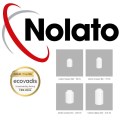
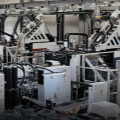
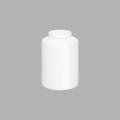
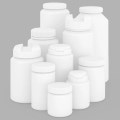


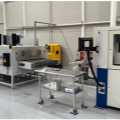


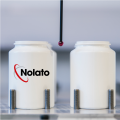



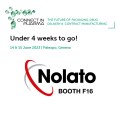



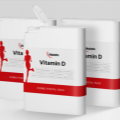
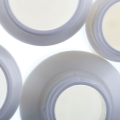
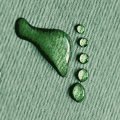


.jpg)
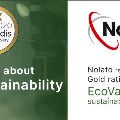
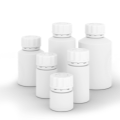

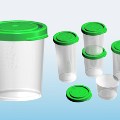
.jpg)